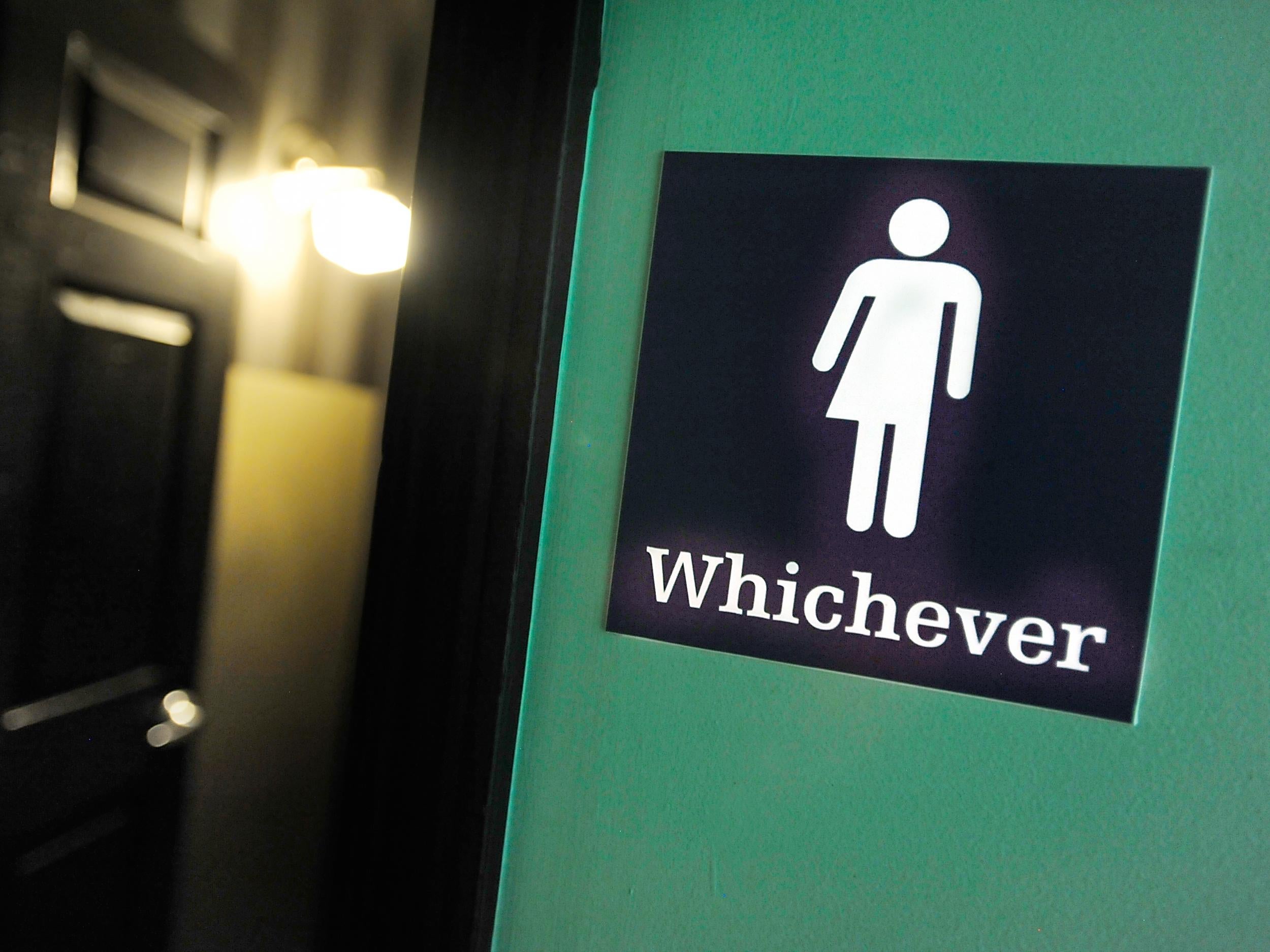Car insurers sidestep EU law to charge men and women differently
And the price difference is growing... Is it time for a tricky rethink?

Your support helps us to tell the story
From reproductive rights to climate change to Big Tech, The Independent is on the ground when the story is developing. Whether it's investigating the financials of Elon Musk's pro-Trump PAC or producing our latest documentary, 'The A Word', which shines a light on the American women fighting for reproductive rights, we know how important it is to parse out the facts from the messaging.
At such a critical moment in US history, we need reporters on the ground. Your donation allows us to keep sending journalists to speak to both sides of the story.
The Independent is trusted by Americans across the entire political spectrum. And unlike many other quality news outlets, we choose not to lock Americans out of our reporting and analysis with paywalls. We believe quality journalism should be available to everyone, paid for by those who can afford it.
Your support makes all the difference.Men are still paying significantly more for their car insurance than women, despite EU rules banning providers from taking gender into account when pricing policies.
That’s the conclusion of new research by price comparison site comparethemarket.com, which found that the average car insurance policy for a man was around 27 per cent more expensive than for a woman this summer.
Men taking out the obligatory cover would pay a typical £821 a year compared with £649 for women, despite the implementation of the EU gender directive in December 2012, which banned insurers from offering different prices based on the driver’s gender.
In fact, the statistics show that the gap between the cost of the average insurance policy for men and women has widened since then when the average policy for a male driver cost £591.70 compared to £493.88 for women – a difference of almost 20 per cent.
“This data shows how little difference the EU gender directive has had on insurance premiums, with providers still giving big discounts to women,” says John Miles, head of motor at the aggregator.
“This is likely due to a number of factors, such as statistically higher accident rates for men and more men than woman driving business and commercial vehicles – which are higher risk. The directive removed the ability of providers to give default discounts to women; however, the statistics and risk models used by insurers mean that the result is largely the same.”
The news is just the latest in a long line of controversy surrounding the directive - which affects all kinds of insurance including pensions annuities, life insurance and critical illness cover.
Many in the financial services industry feel the rules fail to take into account the fundamental differences between the experiences of men and women that affect their finances and which could have significant implications for their wealth.
The motivation behind the law is sound – the removal of financial gender discrimination – but as we move towards Brexit are these findings evidence that it’s time for an even more controversial rethink?
Or is it important to keep the rule as a blanket standard once it passes into UK law in order to protect both men and women from unfair pricing?
Devil in the detail
As a result of EU membership, anyone in the UK providing services to the public must not discriminate on grounds of gender. Most of the time, there’s no question that this is a crucial principle.
However, in practice, an individual’s gender does have an impact on how long they are likely to live. This used to be reflected in different premiums for life insurance cover and different annuity rates.
Crucially, the law applies even if there is statistical evidence of a difference in life expectancy. In practice this means everyone gets terms that are somewhere in between what a man and a woman of the same age would have received had there been no gender ruling.
It is still permitted to differentiate based on other factors that affect life expectancy such as health, smoker status and even postcode.
For some products, gender neutral rates work to the benefit of men and for others for women. Before the ruling, women got cheaper life cover and car insurance than their male counterparts. With annuities, it works the other way.
In reality, women on average live longer so will receive annuity instalments for longer. So for any given pension fund, they used to receive a lower annual amount, albeit on average paid for longer.
When annuities could take into account gender, men received a higher annual annuity income (but for fewer years on average) than a woman of the same age. Here, women benefit from the gender ruling and men lose out.
“When a golf club’s decision to continue to bar female players makes global headlines, it shows that society no longer tolerates discrimination on grounds of gender,” says Steven Cameron, Pensions Director at Aegon.
“While that’s hugely positive in most walks of life, it remains a fact that on average women live longer than men. Different life expectancies between men and women mean gender neutral life insurance and annuity rates create winners and losers between the sexes.
“The gender ruling originated in the EU and the UK Government has confirmed all EU rules will initially continue to apply. Longer term, it could decide to make its own laws and regulations but it would be highly contentious for any politician in today’s society to consider reintroducing gender discrimination in any area.”
Join our commenting forum
Join thought-provoking conversations, follow other Independent readers and see their replies
Comments